Tribes and Tribal Discourse: Issues and Challenges
India has a unique place in the tribal community of the world. In our country the tribal population, which is numerically considerable, is concentrated in various tribal belts as well as in non-tribal belts. There are about 700 tribal communities in India. According to the 2011 Census, there are 24,94,54,252 households, of which 2,14,67,179 households belong to ST population. Total population in the country is 1,21,05,69,573, out of these 10,42,81,034 are classified as ST with 5,24,09,823 males and 5,18,71,211 females. The tribal societies have remained isolated from the main stream of Indian society. After 70 years of independence, Scheduled Tribes are still at the lowest ebb of societal growth. In spite of all development scheme adopted and implemented for the tribals and thousands of crores of rupees spent both by the Central and the State Governments, the tribals are not developed up to the desired level. They are still underdeveloped. They are not at par with that of the other non tribal communities. What could be the reasons behind it? Taking into consideration of the problem, this book is an attempt to discuss tribal situation in India. The book tries to gather overall information regarding the various aspects that affect developmental process of the tribal communities and to identify the factors behind the increasing social discontent and extremism, makes crucial point that governance has been generally indifferent.
Contents: Preface. 1. Introduction. 2. Review of research and development in the subject. 3. Profile of the scheduled tribes. 4. Issues of tribal Governance. 5. Tribes of Assam: a study of Karbi tribes. 6. Issues of tribal discourse in the hill areas of Assam. 7. Rising tribal unrest: issues of the Dima Hasao District of Assam. 8. Naxalism and tribal uprising: its issues and challenges. 9. Summing up. Appendices. Bibliography. Index.
Get it now and save 10%
BECOME A MEMBER

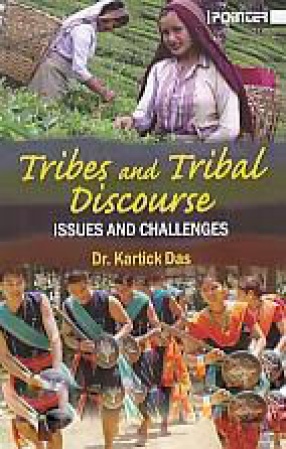
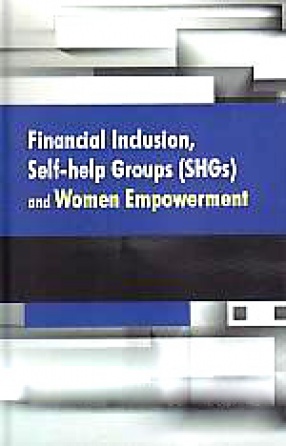

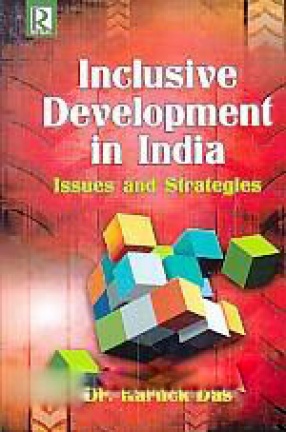


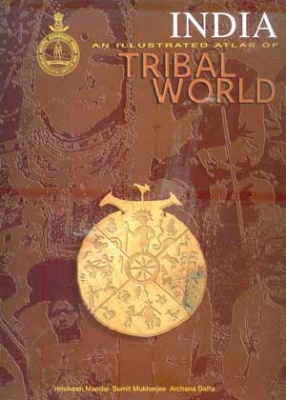
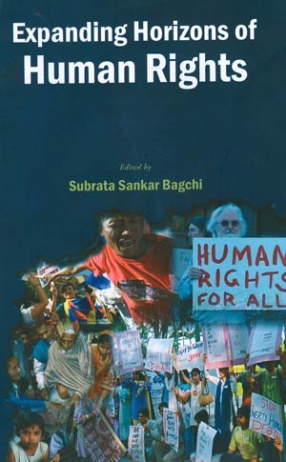
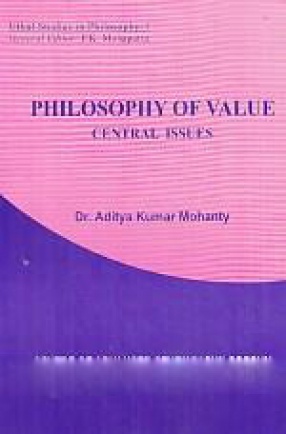

Bibliographic information